Transform Your Yard: The Ultimate Guide to Choosing the Right Lawn Battery for Your Needs
In recent years, the demand for eco-friendly and efficient lawn care solutions has surged, with the global lawn and garden battery market projected to reach $2.5 billion by 2025, reflecting a compound annual growth rate of 8.3% (Source: Market Research Future). As homeowners increasingly seek sustainable alternatives to traditional gas-powered tools, the importance of selecting the right lawn battery has become paramount. A well-chosen lawn battery not only enhances the performance and longevity of outdoor equipment but also contributes to reducing carbon footprints and lowering noise pollution. In this ultimate guide, we will explore key considerations for selecting the ideal lawn battery that meets your specific needs, ensuring that your yard transformation is both effective and environmentally friendly.
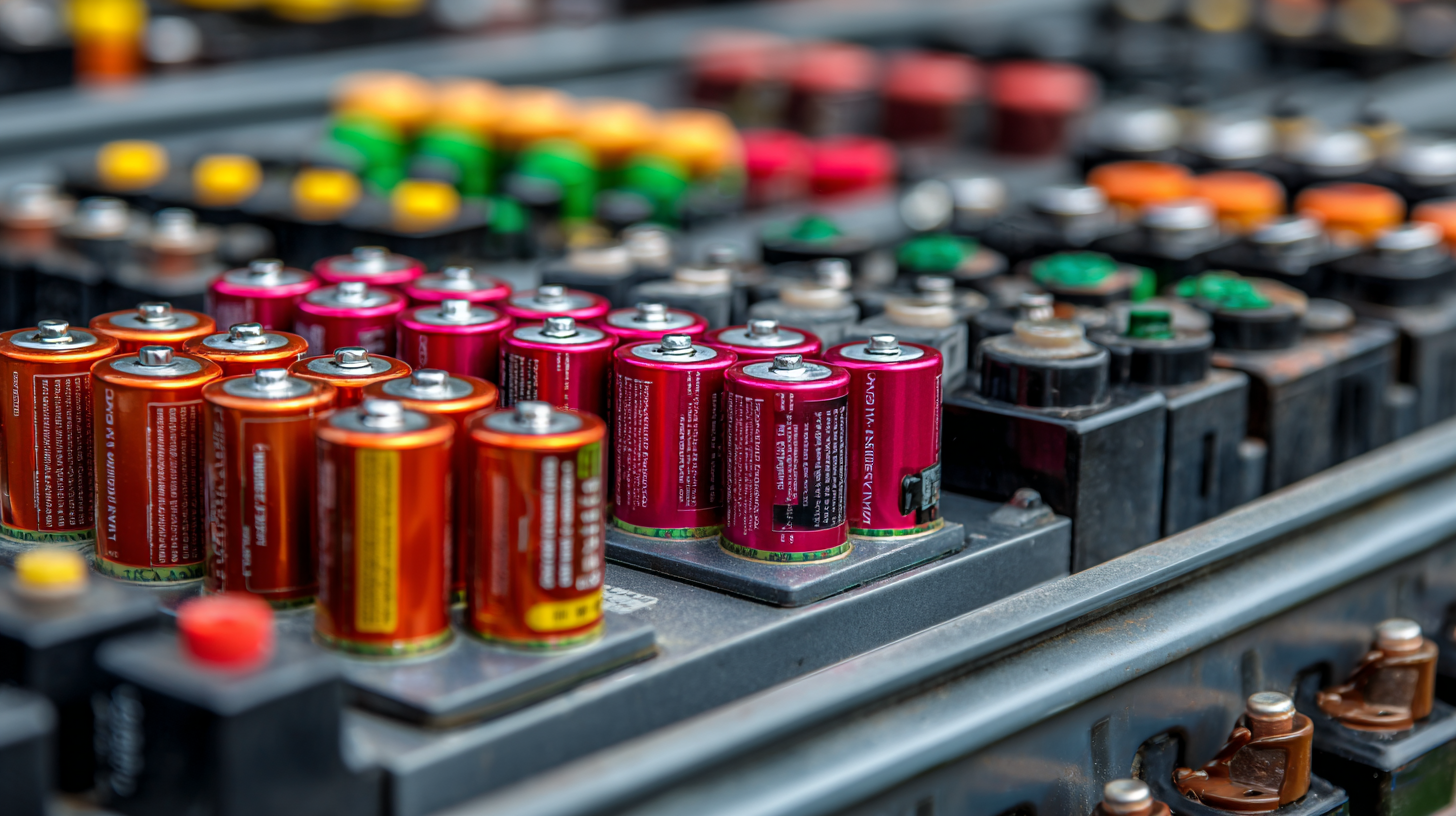
Understanding Lawn Battery Types: Lithium vs. Lead-Acid Explained
When it comes to choosing the right lawn battery for your needs, understanding the differences between lithium and lead-acid batteries is crucial. Lithium batteries are becoming increasingly popular due to their lightweight design and longer lifespan. According to a report from the Battery Research Institute, lithium batteries can last up to 10 years or more, compared to the 3-5 years typical for lead-acid batteries. Furthermore, lithium batteries can often provide more stable power and faster charging times, making them a preferred choice for modern lawn care equipment.

On the other hand, lead-acid batteries, while heavier and bulkier, are generally less expensive upfront. Data from the National Association of Battery Manufacturers indicates that lead-acid batteries still dominate the market, accounting for approximately 70% of battery sales. They are reliable for various applications, but their shorter lifespan and slower recharge capabilities can be limiting factors. Depending on your specific needs, such as the size of your yard and frequency of use, selecting the appropriate battery type can significantly influence your lawn maintenance experience. Whether you prioritize longevity and performance or cost-effectiveness and reliability, understanding these differences is essential in making an informed decision.
Key Features to Consider When Choosing a Lawn Battery
When choosing the right lawn battery, it’s essential to consider several key features that can greatly influence your lawn care experience. First, assess the battery's voltage, as higher voltage typically means more power and longer runtimes. For small to medium yards, a 40V battery might suffice, while larger properties may require more robust options, such as 60V. Additionally, consider the type of lawn tools you’ll be using, as compatibility with your equipment can affect performance and convenience.
Tips: Always check the watt-hour (Wh) rating of the battery. A higher Wh rating indicates that the battery can provide more energy, which is crucial for extensive yard work. Pay attention to the charging time as well; a battery that charges quickly can save you time and allow for more efficient yard maintenance.
Another important aspect is the battery's lifespan and warranty. A quality lawn battery should offer a warranty period that guarantees its longevity and performance. Look for lithium-ion batteries, as they tend to have longer lifespans compared to their lead-acid counterparts. Lastly, evaluate the weight and design of the battery to ensure ease of handling, especially if you plan on using it for extended periods. The right combination of these features will enhance your productivity and make lawn maintenance a more enjoyable task.
Transform Your Yard: The Ultimate Guide to Choosing the Right Lawn Battery for Your Needs
| Feature | Detail |
|---|---|
| Battery Type | Lithium-ion / Lead Acid |
| Voltage | 12V / 24V / 36V |
| Capacity | Ah (Amp hours) ranging from 5Ah to 100Ah |
| Weight | Lightweight options around 5-20 lbs for easy handling |
| Run Time | Up to 3-5 hours depending on the usage |
| Charging Time | 4-10 hours based on battery size and charger capacity |
| Weather Resistance | IP rating like IP54 or higher for outdoor use |
| Smart Features | Bluetooth connectivity, battery status alerts |
| Warranty | Typically 1-5 years |
Top 5 Lawn Battery Brands You Should Know About
When it comes to maintaining a beautiful yard, selecting the right lawn battery is crucial. Battery-operated lawn equipment has seen a significant rise in popularity, with a 33% increase in market share over the past five years, according to a recent report by ResearchAndMarkets. This surge can be attributed to growing awareness of the environmental benefits and noise reduction that electric equipment provides.
Among the top five lawn battery brands, Greenworks stands out for its impressive reliability and performance. Their 80V series is favored for its long runtime and rapid charging capabilities. Another key player, EGO, has made headlines for their innovative Arc-Lithium battery technology, which optimizes energy efficiency and extends the overall life of their products. Additionally, Ryobi's diverse range of cordless tools, compatible with their ONE+ system, allows users to easily interchange batteries across various equipment, providing both convenience and cost-effective solutions. Brands like DeWalt and Black+Decker also offer robust models that cater to both gardening enthusiasts and professionals, further enriching the options available in today's market.
Battery Capacity Comparison for Lawn Care Tools
This chart compares the battery capacities of various lawn care tools, highlighting the average capacity in amp-hours (Ah) that consumers should consider when choosing a lawn battery. A higher capacity typically means longer runtime for tools.
How to Maintain and Extend the Life of Your Lawn Battery
To maintain and extend the life of your lawn battery, regular maintenance is essential. Start by keeping the battery clean and free of debris. Dirt and grime can interfere with the battery's performance; therefore, use a damp cloth to wipe down the terminals and casings. Additionally, ensure that connections are tight, as loose connections can lead to inefficient power usage and quicker wear.
Monitoring the charge cycles is another critical aspect. Avoid consistently letting your lawn battery drain completely before recharging, as deep discharges can shorten the lifespan. Instead, recharge the battery when it reaches around 20-30% capacity. It’s also advisable to use a smart charger that can automatically stop charging once the battery is full. This not only helps in maintaining optimal battery health but also prevents overcharging, which can cause damage over time. By following these simple practices, you can ensure that your lawn battery operates efficiently and lasts as long as possible.
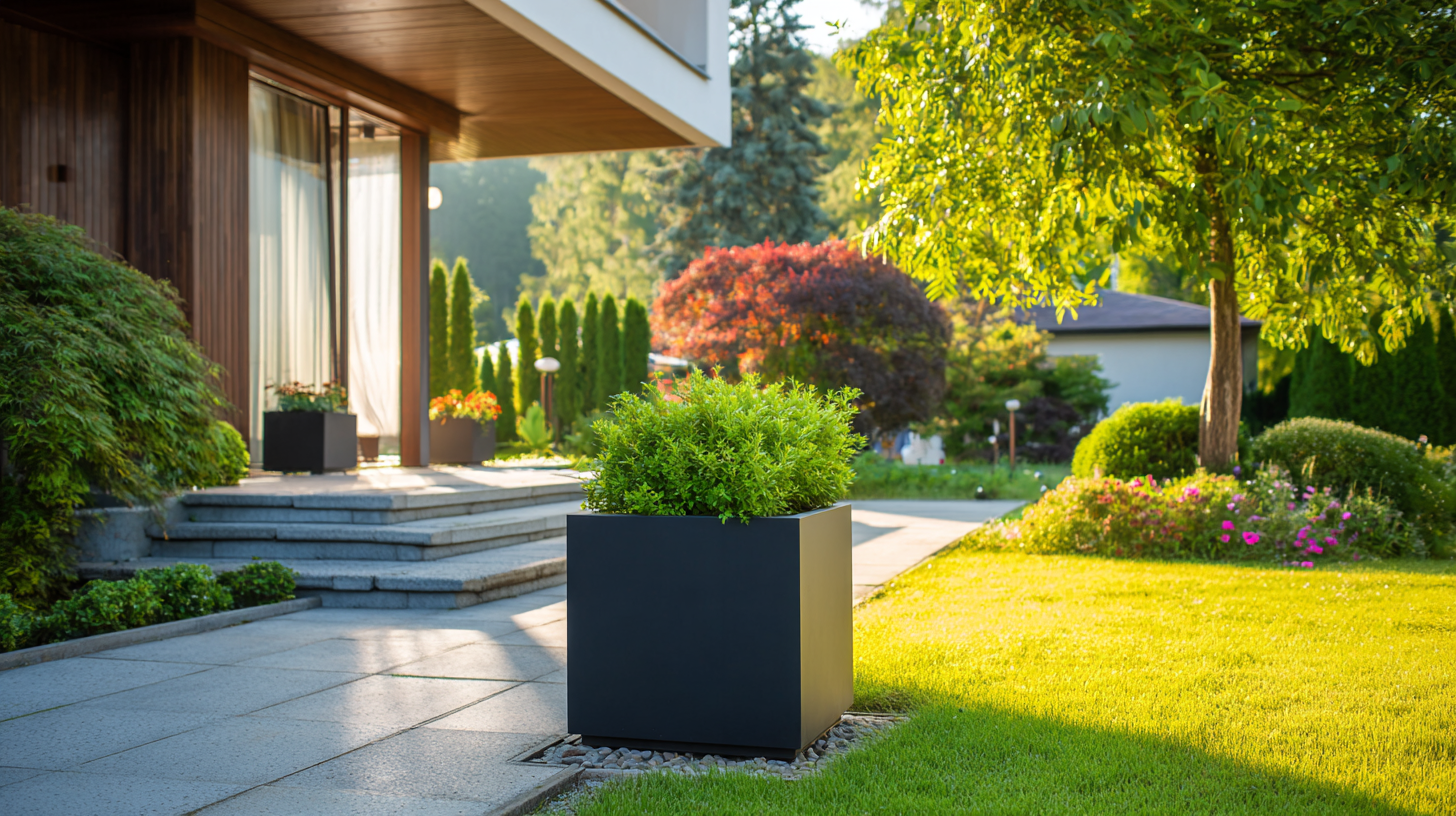
Installing Your Lawn Battery: Tips for a Hassle-Free Experience
Installing a lawn battery can significantly enhance your outdoor maintenance experience. A recent report from the Outdoor Power Equipment Institute (OPEI) indicates that battery-powered equipment has seen a 42% increase in market share over the last five years, as more homeowners recognize the environmental and economic benefits of going electric. To ensure a seamless installation, start by selecting a location that maximizes sunlight exposure and is close to your existing landscaping features. This not only helps in optimizing battery performance but also ensures that the aesthetics of your yard are maintained.
When it comes to the actual installation process, there are a few tips to keep in mind. Firstly, always refer to the manufacturer’s guidelines which provide crucial information on wiring and placement. According to a survey by the Consumer Product Safety Commission, improper installation can lead to a 30% increase in battery-related issues. Therefore, using tools like a voltmeter to check connections and ensuring proper grounding will contribute to a hassle-free experience. Additionally, consider seasonal changes; most experts recommend performing maintenance checks at the start of each season to keep your lawn battery in optimal working condition, prolonging its lifespan while ensuring an efficient performance.
Related Posts
-

Understanding the Benefits of Lawn Battery Technology for Sustainable Gardening Practices
-
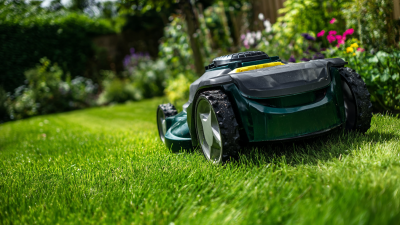
Revolutionizing Yard Care: How Lawn Batteries are Leading the Charge Towards Eco-Friendly Landscaping
-

Exploring the Benefits and Applications of Sealed Lead Acid Batteries in Modern Technology
-
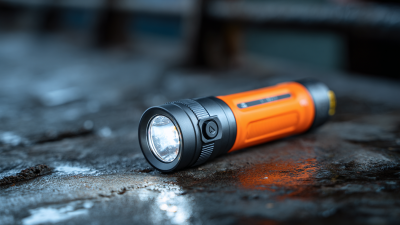
Emerging Trends in Emergency Light Battery Technology at the 138th Canton Fair 2025
-
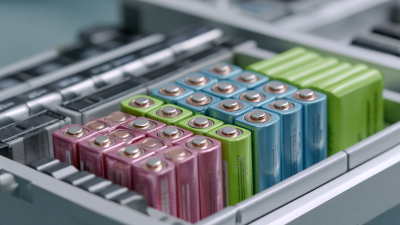
Unleashing the Power: Exploring the Future of Eco-Friendly Batteries & More Innovations
-

What are the Key Features of Lawn Mower Batteries You Should Know?
